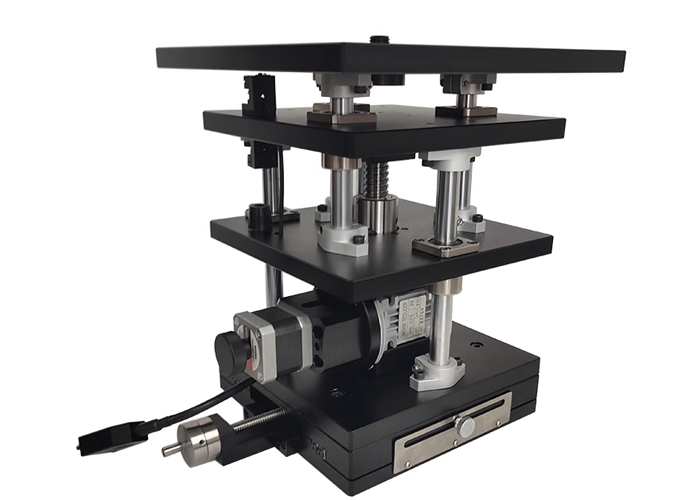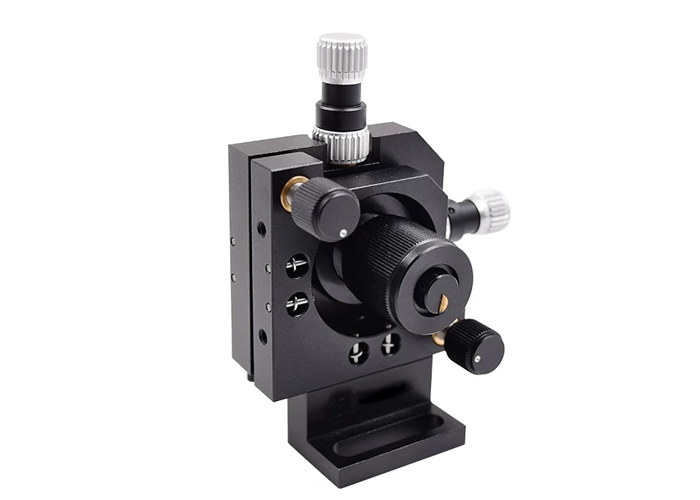About stepper motors
Stepper motor is a more common control motor in life, which is supplied by a specific driver. In the case that the driving load will not be overloaded, the start and stop of the motor, the ideal speed V is only determined by the pulse signal output to the motor by the controller, the driving load will not affect its movement, and the Angle of rotation of the motor after receiving the control signal is called the step Angle. In particular, we can also regard the stepper motor as a synchronous motor with a special operation method, which directly converts the received electrical signal into angular displacement.
About servo motors
Servo motor refers to the engine that controls the operation of mechanical components in the servo system, which is a supplementary motor indirect transmission device. The servo motor can control the speed, the position accuracy is very accurate, and the voltage signal can be converted into torque and speed to drive the control object. Servo motor rotor speed is controlled by the input signal, and can react quickly, in the automatic control system, used as an executive component, and has a small electromechanical time constant, high linearity characteristics, the received electrical signal can be converted into the angular displacement or angular speed output on the motor shaft. Divided into DC and AC servomotor two categories, its main feature is that when the signal voltage is zero, there is no rotation phenomenon, and the speed decreases with the increase of torque.
The difference between servo motor and stepper motor
1. Different ways of control
Stepper motor: by controlling the number of pulses to control the rotation Angle, a pulse corresponds to a step Angle.
Servo motor: Control the rotation Angle by controlling the length of the pulse time.
2. Different workflow
Stepper motor: The work flow for the stepper motor generally requires two pulses: signal pulse and direction pulse.
Servo motor: Its work flow is a power connection switch, and then connected to the servo motor.
3, low frequency characteristics are different
Stepper motor: low frequency vibration at low speed.
Servo motor: The operation is very smooth, even at low speed will not appear vibration phenomenon.
4, moment frequency characteristics are different
Stepper motor: The output torque decreases with the increase of speed, and will drop sharply at higher speed, so its maximum working speed is generally 300 ~ 600r/min.
Servo motor: constant torque output, that is, within its rated speed (generally 2000 or 3000 r/min), output rated torque, and constant power output above the rated speed.
5, overload capacity is different
Stepper motor: generally does not have overload capability.
Servo motor: has a strong overload capacity.












